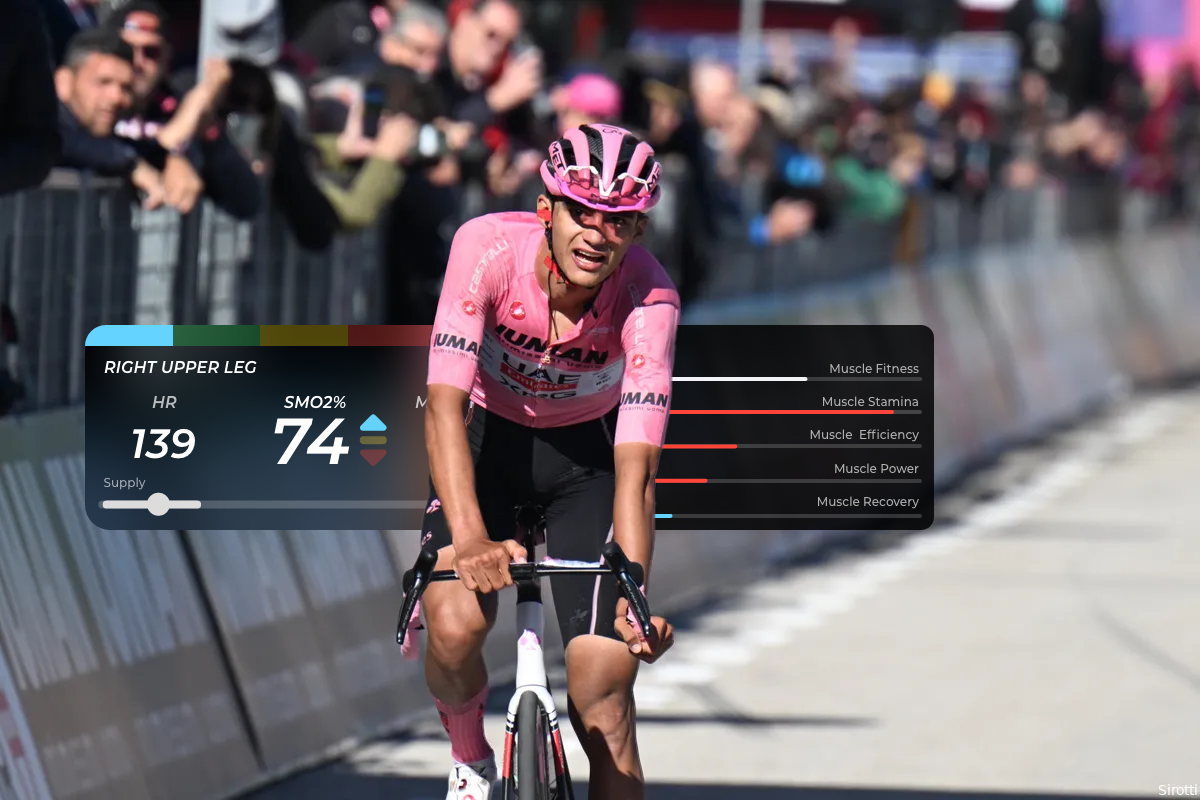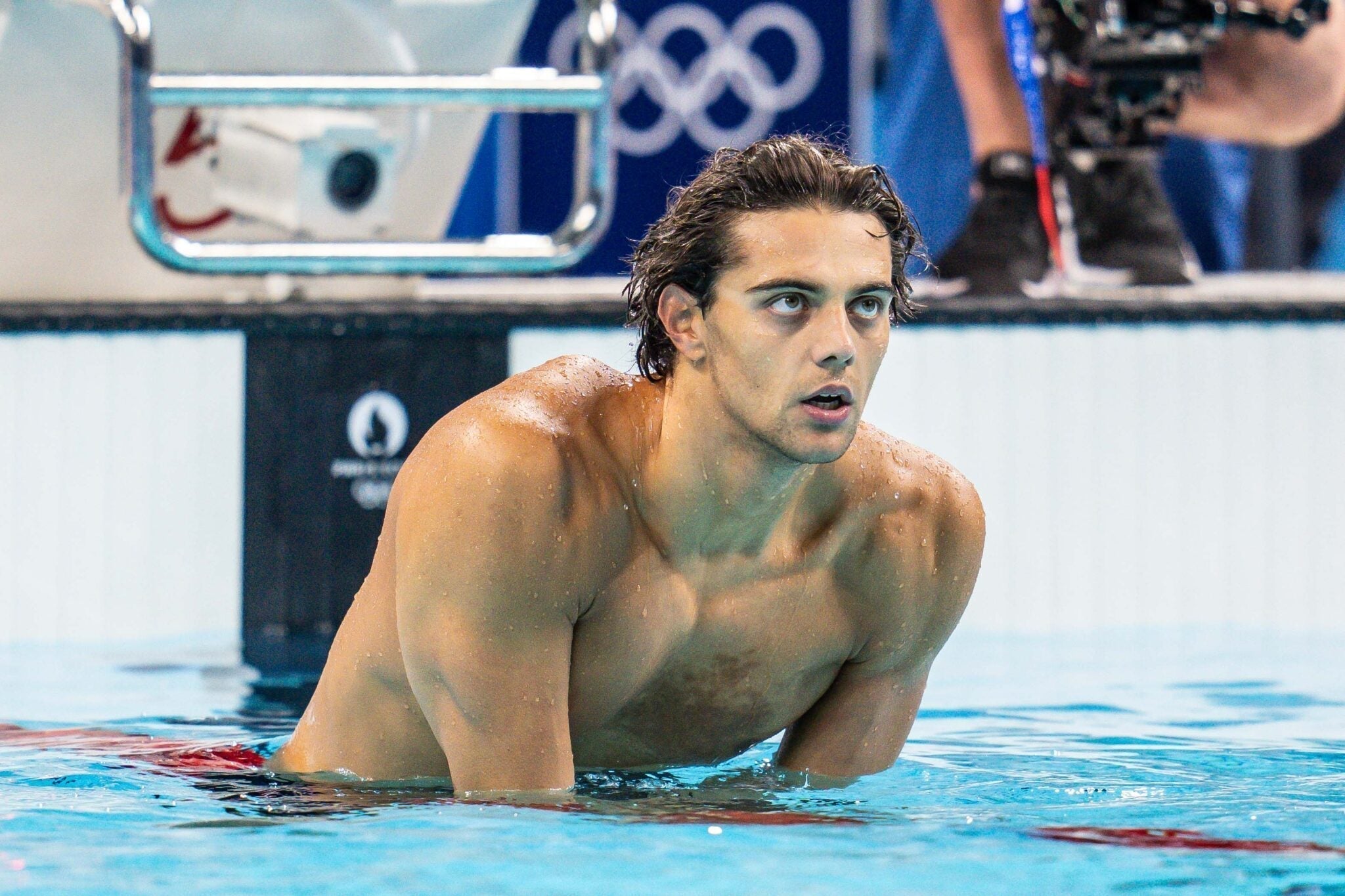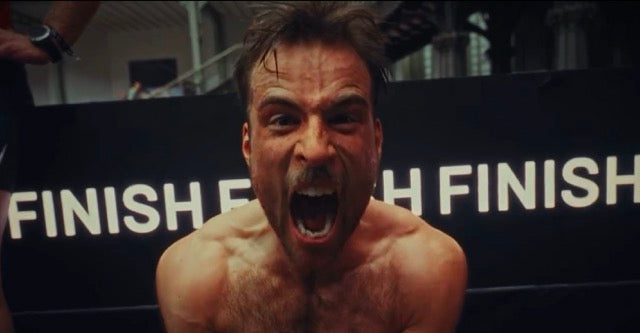What Kind of Competition Is the Giro?
The Giro d’Italia is one of cycling’s hardest Grand Tours — 21 stages across three weeks of mountains, sprints, crashes, strategy, and survival. Compared to the Tour de France, the Giro often features more unpredictable weather, steeper gradients, and longer climbs early in the race. It tests not only strength and tactics, but also how well a rider’s body holds up under growing fatigue.
The first two weeks of the 2025 Giro d’Italia delivered everything fans hoped for—thrilling victories, crushing setbacks, and plenty of drama. Mads Pedersen kicked things off with a sprint win in Tirana, briefly donning the Maglia Rosa. Primož Roglič quickly took over the lead after a dominant time trial, but disaster struck during stage 16 when he crashed hard on the descent of Carbonare, forcing him to abandon the race and end his GC ambitions.
Isaac del Toro of UAE Team Emirates now wears the leader’s jersey, closely followed by teammate Juan Ayuso. However, tensions are reportedly brewing within the team over leadership roles, which could shake things up in the high mountains ahead. Simon Yates has emerged as a strong contender, climbing steadily into second overall with a composed and strategic ride.
Meanwhile, the second week brought spectacular stage wins: Kasper Asgreen claimed a brilliant solo victory from the breakaway in stage 14, and Carlos Verona took his first-ever Grand Tour stage win with a stunning 41-kilometer solo attack in stage 15. With the toughest mountain stages still to come, the race is wide open heading into the final week.
So who is still in contention and will end up on top? The strongest teams assembled a mix of:
- All-Rounders: Those who can time trial, climb, and survive
- Climbers: Light, punchy riders excelling in mountain stages
- Sprinters: Stage hunters who dominate the flatter finishes
- Domestiques: The unsung heroes who control the race for team leaders
But no matter the role, what separates winners from survivors is how well they manage effort, muscle fatigue and recovery — and that’s where physiology comes in.
Heart Rate vs Muscle Oxygen: What's the Difference?
Heart rate tells you how hard your cardiovascular system is working. It's slow to respond, influenced by temperature, stress, caffeine, etc.
Muscle oxygen (SmO₂) tells you how much oxygen is actually available in your muscles — in real-time. It responds immediately to effort, shows how fast you're using oxygen, and how quickly you recover it.
SmO₂ shows what’s happening inside your performance — not just how your body reacts but how efficient your muscle is behaving.
That’s why at Train.Red, we monitor SmO₂ continuously and analyze muscle states from 1 (recovery) to 5 (load), giving riders real insight into their energy systems and efficiency.
📆 Week-by-Week Muscle Breakdown of the Giro
🟩 Week 1 – Fresh Legs, Fast Racing
What’s happening: Mostly flat or rolling stages, time trials, and explosive sprint finishes.
- Sprinters thrive: short bursts, high speed, frequent surges
- Allrounders play it safe, conserve energy
- Climbers stay in the pack, wait for week 2
Muscle Response:
- Dominant states: State 2 (Easy) and State 3 (Sustainable)
- SmO₂ stays high, fast recovery
- Muscles stay oxygen-rich unless surging in final kilometers
SmO₂ insight: The best riders minimize dips and recover fast — especially after sprint lead-outs or short climbs. Can we conclude Mads Pedersen from Lidl-Trek handled this first week the best...?
🟨 Week 2 – The Grind Begins
What’s happening: More climbing, longer stages, mixed terrain. Fatigue builds.
- All-rounders and climbers begin to separate themselves
- Sprinters struggle on hilly stages and start losing time
- Domestiques do heavy lifting on tougher days
Muscle Response:
- Shifts into State 3 and 4 (moderate to hard effort)
- SmO₂ begins to dip deeper, slower recovery
- Recovery becomes strategic between climbs and after efforts
👉 SmO₂ insight: Efficiency is key. Riders who stay in the optimal SmO₂ zone without crashing into desaturation win time — without burning out.
🟥 Week 3 – Survival Mode
What’s happening: High mountain stages, summit finishes, final time trials.
- Climbers and Allrounders face off
- Efforts are long, explosive, and repeated
- Many riders crack from accumulated fatigue
Muscle Response:
- Frequent entries into State 4 and 5 (high-intensity + muscle load)
- SmO₂ often drops to during efforts, recovery is slow
- Blood flow may be restricted by muscle pressure
👉 SmO₂ insight: Here’s where the best riders recover faster between efforts. You may climb just as fast — but only a few can climb again and again with limited oxygen.

Who Will Win the Giro — and Why Muscle Oxygen Tells Us
In the end, the rider who wins the Giro is not the one who simply pushes the most watts — but by the one who manages their effort most efficiently, recovers the fastest, and avoids deep fatigue longer than the rest.
All-rounders and climbers who can ride sustainably, recover quickly after deep efforts, and avoid deep muscle desaturation are the ones who survive the mountains and shine in the final week. Muscle oxygen monitoring reveals the hidden edge: it's not about how hard you go, but how well your body copes and recovers under relentless pressure.



